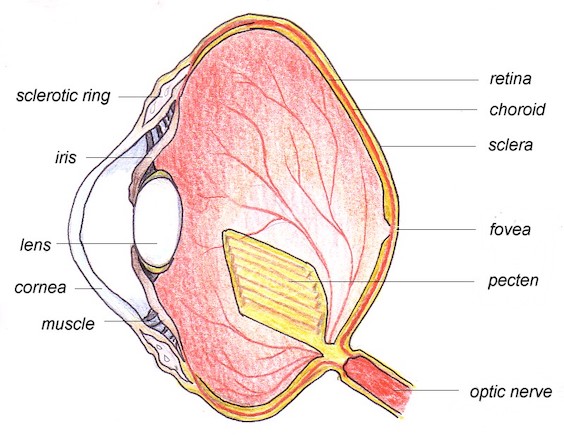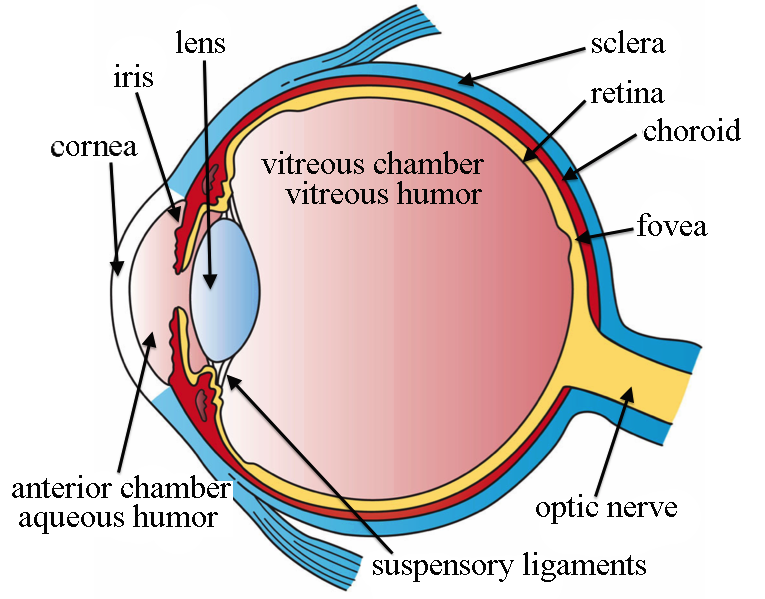Pigeons!
Fun Facts About Pigeons!
Brain
- Pigeons can recognize themselves in a mirror!
- A pigeon's navigational skills are astoundingly complex, and they can fly up to 50 mph and can travel up to 500 miles in one day!
- Pigeons prefer to live near humans!
- Pigeons are incredibly good at multitasking!
- Pigeons are monogamous, keeping one partner for life!
Body
- Pigeons dont have any external ears!
- Pigeons have excellent hearing and vision!

Function
Birds need stronger eyes then humans to survive, hunt, and fly, so what makes a birds eyes strong.
Birds have strengthened ciliary Muscles. The ciliary muscles are muscles that focus the eye by bending a lens inside of your eyes, birds need a stronger version of these because they need to be able to see far from up in the sky and focus faster.
Birds also have the biggest body to eye size in the animal kingdom. As a consequence to having big eyes, birds have limited Eye movement speed which is one of the reasons they have to Compensate with stronger ciliary muscles and alike
There is a "comb-like" structure in a birds eyes called a pecten oculi that helps them control the PH levels in thier eye, it nourishes thier retina and it protects their vitreous Humor.
Birds need to see more color than humans, birds that migrate also need some way of trans-navigating the world, how do they do it.
Migrating is very important to many birds as they wouldnt be able to survive without moving to warmer/colder climates over time, this is why birds have a special protien in thier eyes (called cryptochromes) that reacts with light to make a magnetic charge which the reacts with the worlds magnetic field, virtually creating a compass in an eye which allows them to navigate as if they actually had a compass.
Birds need to find food to live, being able to see UV light allows birds to scavenge for food. Mating is also important for birds as they need to reproduce to survive as a species, UV light allows birds to pick and choose mates to reproduce.
Comparison
What Humans Dont Have
Birds eyes look quite unique when they are compared to a humans. Birds have the pecten oculi going inward from where the blind spot on a human is already making a large difference on the looks. A scleral/sclerotic ring is a small ring in a birds eye composed of either cartilage bone or both. Birds likely evolved to have these to help support thier non-circular eye.
Birds also have something called a nictitating membrane that acts as a third level of protection for the cornea. A nictitating membrane is a transparent membrane that passes over the eye in a blink motion, it is most known for its prescence in reptiles
What Birds Dont Have
Humans have a much more circular eye compared to birds and thier retina contains a 90% rod to cone ratio, while birds only have a 20% rods to cones ratio which means it may be difficult for some birds to see in low light level environments.

